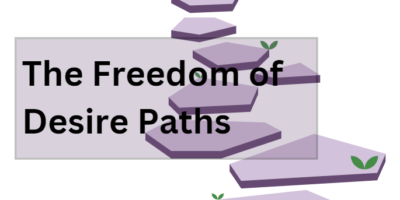(Well, it appears that my declaration of the end of OTSOG was premature, after all …)
The subject of this article was someone who faced hostility from his society for the wrong reasons. Alan Turing was born in London (the original one, not the city in SW Ontario) in 1912. His father and his mother’s family were both involved in the civil service in colonial India. As his parents were not that wealthy, he was educated in public school. Growing up, he liked doing experiments and reading science books. He impressed his math teacher by deriving the Taylor series for the arctangent without being taught it, and started reading Einstein’s works in his spare time.
Turing was accepted into the University of Cambridge in 1931 to study math. He graduated in 1935 and was awarded the Smith’s Prize for a paper on the central limit theorem, proving that if you randomly sample N data points out of a distribution and average them, and repeat enough times, the distribution of the resulting averages will be a normal distribution.
Now the German mathematician David Hilbert had recently proposed the decision problem: does an algorithm exist which can prove whether any given mathematical statement is true or false? In 1936, Turing and the American Alonzo Church independently proved that no, not all mathematical problems are solvable. However, they also proposed that a “universal computing machine” could theoretically exist which would be capable of solving every math problem that can be solved. Although this theory (the Church-Turing thesis) has never been proven, so far all the evidence points in its favour; we have not found any machines which can solve more problems than Turing’s universal machine.
After this, Church accepted Turing as a grad student at Princeton University. While there, he began attempting to build a universal computing machine. However, world events soon intervened, and it is this aspect of his life that Turing is best known for. In 1939, when war broke out, the British government requested that Turing work for their Code and Cypher School in Bletchley Park, to help crack German codes.
The German ciphering machine, Enigma, had a known design which was not secret. Turing and his partner Gordon Welchman exploited a weakness of Enigma in which an educated guess could be made at the content of particular messages – for instance, the Germans sent out weather forecasts to all their ships every morning. Maybe the word “XTQRNT” really meant “CLOUDY”. They designed a machine to calculate, after a guess was entered, whether or not a “guessed” ciphering of a known word was possible given the known constraints of the Enigma machine.
In October 1942, the capture of a U-boat in the Mediterranean with its Enigma settings intact led to the decisive breakthrough. This, along with the entry of the USA into the war (which meant that the codebreakers were able to get deciphering machines in much greater quantity from US manufacturers), meant that by mid-1943, German naval messages could be read almost in real time.
After the war, Turing was hired by the University of Manchester as a professor, where he began a design for a universal computing machine. The result of this was the Manchester Mark 1, completed in 1949.
In 1952, Turing had his home was broken into while sleeping with another man. Homosexual acts were still a crime in the UK then, and he therefore faced charges. He was convicted and forced to take hormone injections to “reduce libido”, and was barred from working for the government’s codebreaking units for life. Crushed by the verdict, Turing committed suicide by taking cyanide in 1954. It took until 2013 for the British government, recognizing its cruel treatment of Turing, to apologize and issue a pardon.
Turing’s work in mathematics has left a significant legacy. His universal computing machines (which are often referred to as “Turing-complete” machines in his honour) would eventually evolve into the computers we have today.




Leave a Reply